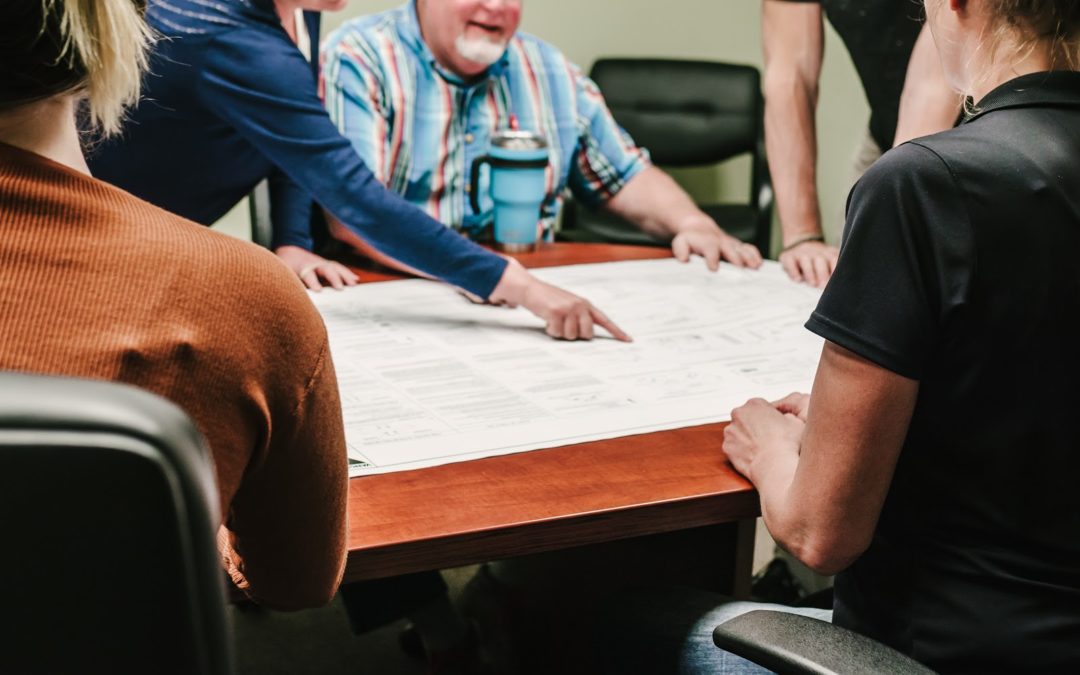If you manage a facility and are accountable for the safety of the people within its walls, you understand the need for security. It’s your responsibility to assess potential risks and implement safety measures that protect people and property. One way to identify all potential threats is to perform a security risk assessment. Let’s talk about what it means to conduct this assessment and how to do it successfully.
What is a Security Risk Assessment?
A security risk assessment is conducted to identify potential fire hazards and make a plan to address them, in order to prevent a fire from starting or minimize the risks to people or property.
The security risk assessment can be used to decide which equipment and training is necessary to ensure safety of people in a facility.
How to Conduct a Security Risk Assessment for Fire in Your Facility
To conduct a security risk assessment, begin by identifying the biggest risks to safety, then take steps to mitigate those risks.
Step 1: Identify Fire Hazards
Examine your facility closely for potential sources of ignition, fuel, and oxygen that could start a fire and cause it to spread rapidly. Identifying which classes of fire your facility is most susceptible to can help you determine which fire extinguisher will work best for you.
Step 2: Identify People at Risk
Consider the people that move throughout your facility on a daily basis. Are there any that would require special accommodations in an emergency or evacuation? Identify risks that pertain to vulnerable people such as children, the elderly, the disabled, or the ill.
Step 3: Eliminate or Control Risks Where Possible
Once you’ve identified the potential risks, evaluate the likelihood of a fire occurring and the steps that would bring people to safety. Are there fire hazards that would prevent a safe exit, trap or detain fleeing individuals, or deter people from responding appropriately? Take steps to remove or reduce all hazards that you note in your evaluation.
Also, consider what tools you need to prevent, detect, and fight fires. This will likely include:
- Fire alarm systems
- Fire suppression or sprinkler systems
- Fire extinguishers
- Evacuation plan
- Escape routes
- Signs and indicators
Don’t forget that adequate training and proper maintenance of your fire preparedness equipment are also essential tools. If your equipment is not kept in optimal condition, it may not warn you of a fire promptly, and when there’s an emergency, seconds are precious.
Maintain equipment by upgrading your fire alarm system, checking smoke detector sensitivity, replacing expired fire extinguishers, and weather-proofing your fire suppression system.
When training, all staff should know how to activate the fire alarm system, how to use a fire extinguisher, and how to help others follow the response plan and evacuate to safety.
Step 4: Record & Review Your Security Risk Assessment
When your security risk assessment is complete, keep careful records of the hazards you noted and what you did to resolve or reduce them. Commit to revisiting the assessment regularly to ensure your facility is up-to-date with local fire codes and provides a safe environment for occupants of the building.
Need a Security Risk Assessment? Call the Professionals at Vanguard
If you’re trying to complete a security risk assessment and don’t know where to start, or have identified a few problem areas, Vanguard Fire & Security Systems can help. We can provide professional fire safety advice to help you assess your facility, install the equipment you need to minimize risk, and help train you and your staff to respond appropriately in case of an emergency.


